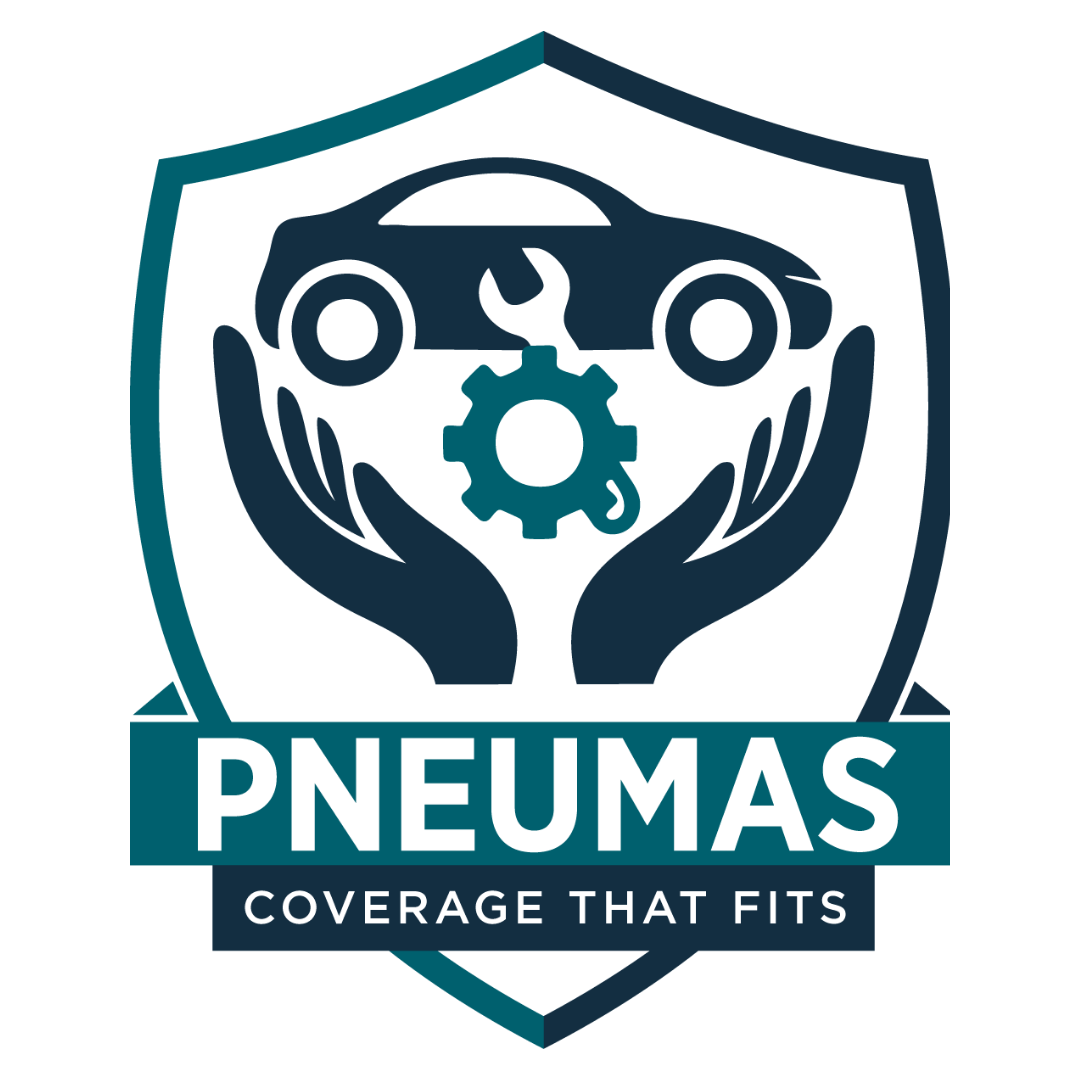FREQUENTLY ASKED QUESTIONS
Everything Dealerships Need to Know About Automotive Protection Products
Welcome to the Pneumas FAQ hub, your go-to resource for boosting revenue and enhancing customer satisfaction with automotive protection solutions. Here, you’ll find answers to the most common questions dealerships have about maximizing the value of our products.
How Our Products Drive Success for Your Dealership
At Pneumas, we know that dealerships are always looking for ways to stand out and provide more value to their customers. Automotive protection products present a unique opportunity to do just that by offering essential benefits that your customers can trust. The FAQs below address common concerns, explain product details, and showcase how these offerings can create a win-win for your business and your customers.
What are automotive protection products?
Automotive protection products include warranties, insurance, and service agreements designed to cover unexpected issues that might arise during vehicle ownership. They can range from extended warranties and tire-and-wheel protection to paint protection and GAP insurance. These products give customers peace of mind and protect their financial investment.
How do these products benefit our dealership?
Offering protection products can dramatically increase your per-vehicle profits. They provide an additional revenue stream through product sales while also enhancing customer trust and loyalty. Customers are more likely to return to your dealership for future services when they feel supported beyond the initial vehicle purchase.
Will these products improve customer satisfaction?
Absolutely. Automotive protection products offer buyers added confidence in their purchase, knowing they’re protected against unexpected costs. Happy customers tend to spread the word, giving your dealership more positive referrals and better online reviews.
What types of protection products sell best at dealerships?
Some of the best-selling products include extended service contracts, GAP insurance, dent and ding protection, paint protection, and tire-and-wheel coverage. Each of these addresses specific concerns that many customers have. For example, GAP insurance is invaluable for customers financing vehicles, as it covers the difference between the car’s value and the loan balance in case of a total loss.
How do we explain these products effectively to customers?
Transparency is key. Train your team to clearly explain the features, benefits, and costs of each product. Show how the coverage applies to real-world scenarios—such as a dented door or needing roadside assistance. Use brochures and visual aids, and encourage your team to adopt a consultative sales approach rather than a pushy tone.
How do we integrate these products into our sales process?
Introduce protection products early in the customer’s buying journey, during discussions about financing options or vehicle ownership. Many dealerships find success discussing these products in the F&I (Finance and Insurance) office after the car purchase decision has been made. Build a strong pitch around their financial and emotional value.
Are customers usually receptive to buying protection products?
Yes, when presented correctly. Today’s customers value convenience and security, and these products align with those priorities. Studies show that nearly 50% of buyers opt for at least one protection product when the features are explained in a way that’s relevant to their concerns.
Will stocking protection products increase overhead costs?
No, these products don’t involve stocking a physical inventory, so there are no significant carrying costs. After setup, they simply require sales training and regular product updates. This makes them a cost-effective addition to your dealership’s arsenal.
How do these products help with customer retention?
When customers purchase protection products, they have more reasons to return to your dealership for repairs, routine maintenance, or replacements covered under their plans. This builds long-term relationships, giving you opportunities to upsell future services or vehicles.
Do these products carry a high profit margin?
Yes, the profit margins on automotive protection products are typically higher than those on the vehicles themselves. This makes them a lucrative addition to your dealership’s offerings without requiring significant additional effort.
How do we handle objections from customers?
Handle objections by addressing them upfront. For example, if a customer expresses concern about cost, explain the potential savings if unexpected repairs are needed. Use real-world scenarios and testimonials to illustrate the value of the products. An empathetic approach goes a long way in overcoming resistance.
What kind of support does Pneumas offer for dealerships?
We provide comprehensive training, marketing materials, and ongoing support to ensure your team feels confident selling these products. From creating customized pitches to equipping your sales team with the right tools, we’re here to help you succeed.
Do these products add value to trade-ins?
Yes. Vehicles with active protection products retain more value because any damage or issues are often resolved under the coverage before the trade-in. This allows you to provide a better offer when the customer returns.
How do we measure the success of adding protection products?
Track metrics such as attachment rates (percentage of customers who purchase protection products), overall dealership revenue, and customer retention rates. Regular analysis will help you fine-tune your sales strategy for even better results.
Can these products be customized for our dealership’s brand?
Yes, many providers offer private-label or white-label options, allowing you to brand the protection products as your own. This further enhances customer trust and creates a consistent brand experience at your dealership.
Have More Questions?
We’re here to help. Reach out to our team for personalized support, training, or assistance in integrating automotive protection products into your dealership’s sales process. Together, we can create a stronger, more profitable business model that serves you and your customers alike.

